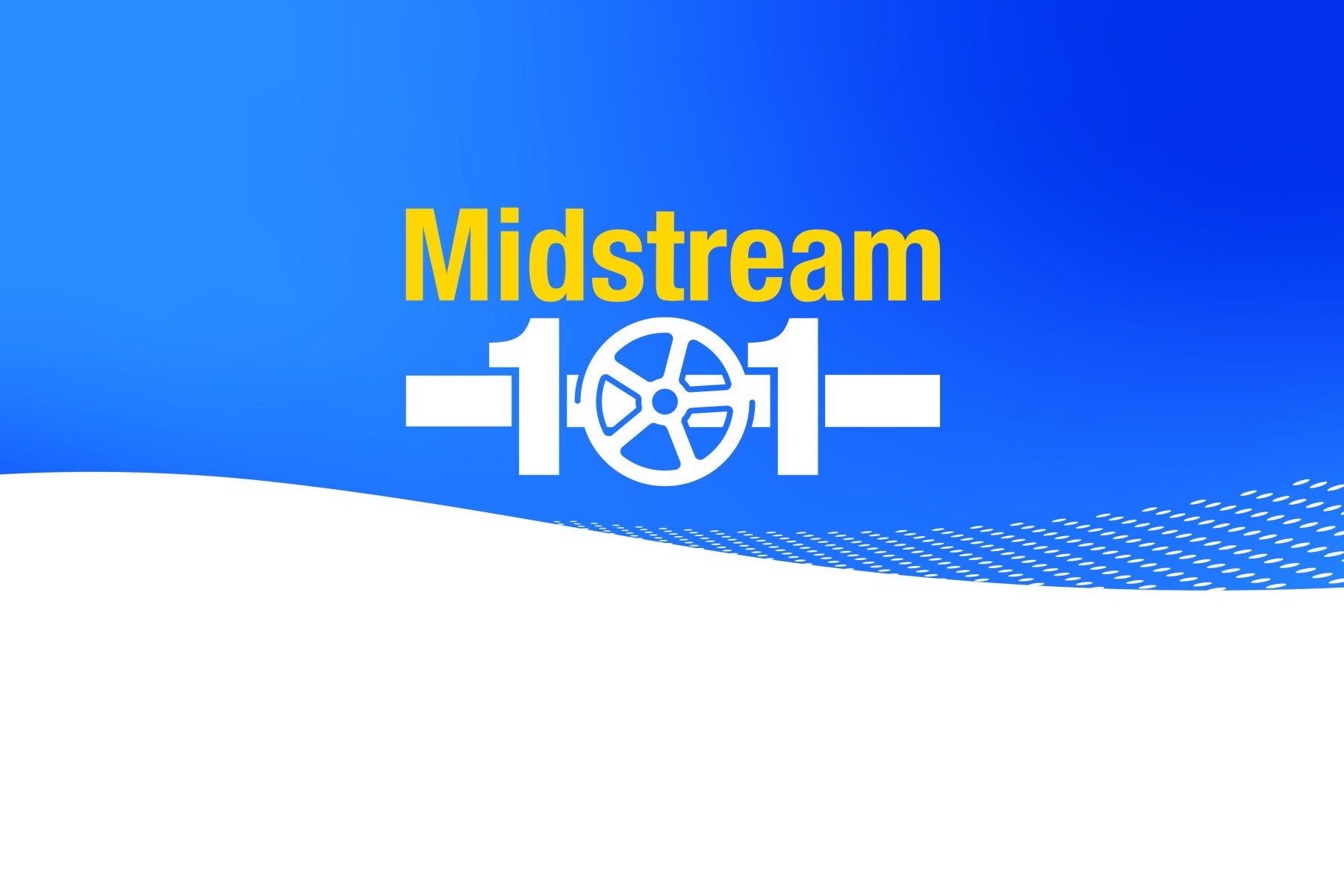
When you hear the word fraction, you might picture a pepperoni pizza with two slices missing. You know, the one your third-grade teacher showed you while teaching you fractions.
“If you have 8 slices of pizza and your little brother eats two, what fraction of the pizza did your little brother eat?” (The little pipsqueak ate ¼ of the pizza for those of you scoring at home)
To explain fractionation, let’s leave your little brother and his greasy hands out of it.
Natural gas processing is where the natural gas liquids, or NGLs, and water are stripped from the gas stream leaving only the pipeline quality natural gas behind. It’s that pure gas that eventually flows to the gas oven in your little brother’s house where he can now make his own pizza and stop stealing yours.
As for the NGLs that are left behind after processing, they must be broken down to their base components to be usable. So, piece by piece (or fraction by fraction) the NGLs are broken down in a process called fractionation.
Fractionation is the process of boiling off the different hydrocarbons one by one. Each hydrocarbon has a different boiling point so as the temperature increases, the components separate.
First, NGLs go through the deethanizer which separates the ethane. Then, the depropanizer which removes the propane. Finally, the debutanizer that removes the butane.
Anyway, the fractionation process provides usable NGLs that have a variety of purposes from making fuel and plastics to rubber and refrigerants.
Energy & Infrastructure
Midstream 101 Series
Learn how things work with Midstream 101. Midstream 101 is an educational look at Williams operations. You’ll …

